
CES is not the ideal place to showcase kids’ products. One hall is filled with car technology, another with smart health care devices, another with TVs, phones, etc. Even porn made a comeback this year, courtesy of virtual reality!
But if you’re persistent, you might find gold, as well as some products that are just so silly you can’t believe they made it to the convention floor. The one technology in particular that I think over time will have a big impact on kids’ products is artificial intelligence (AI) via voice activated assistants.
I wrote in a previous blog about our family’s love affair with Google Home and Amazon Echo. Not surprisingly, there are a couple of big companies trying to productize this technology for kids. It’s challenging, as you might expect. Children’s speech patterns are difficult for most smart speakers to decipher, and they make even more mistakes than usual trying to interpret their voices. Have a 5-year-old ask Alexa, “Who is the 25th president?” and see what happens. It’s not pretty.
Despite this, I believe that voice assistants will become the primary interface for many children’s digital products. Every designer of kids’ products understands the difficulty of presenting choices to children, especially when text/reading is not a good option and you’re faced with a tiny screen. And having a device that is responsive to a child’s every question…all 200+ of them daily…seems promising to me.
Stepping into this minefield is Mattel, a company with history in the space and the gumption to take on the challenge. Mattel’s previous voice activated foray was with the Hello Barbie doll, followed by her Dreamhouse, both of which sparked almost instant controversy. My concerns lay less with privacy issues and more with the fact that my grandchildren, Jude (7) and Teddy (5) found the pre-scripted interactions with the doll frustrating and unsatisfying. It seemed that no matter what we wanted to talk about, Barbie would respond with an unrelated topic, e.g., careers or horses.

This summer Mattel is launching a speaker-based voice assistant called Aristotle, that functions like Google Home or Amazon Echo, but is designed for kids and parents. Unlike the Company’s previous products, Aristotle relies on the AI driven by Amazon’s Alexa and Microsoft’s Cortana. In addition, the device functionality changes as the child grows. Initially it can be a smart baby monitor, and respond appropriately to a crying baby with soothing sounds, as well as order diapers on Amazon. With toddlers, it will evolve into a teaching tool for colors, numbers, and the alphabet. For older kids, it will help with homework, teach a foreign language, and even introduce two-player voice games.

In addition to the smart speaker, Aristotle also includes a camera, which opens up lots of possible game and toy applications. Imagine using it with a special mat and Hot Wheels, so that any time the camera sees the fire engine leaves the fire station, you hear the siren. Or Melody, an American Girl doll, could be recognized by the camera and given a voice and personality through the speaker that reflects her 1960’s world. A child’s favorite book, e.g., The Hungry Caterpillar, could be read out loud and on command. Mattel plans to open up Aristotle to 3rd party developers, which will ensure a rich pipeline of applications.
Of course, all of this relies on Aristotle actually understanding what is being asked, a definite problem with kids. Mattel’s solution is to introduce voice training, through which the device learns the nuances of the child’s voice. That’s the theory; when the device ships this summer we’ll see how well it actually works. Another potential issue with these types of devices for kids, as mentioned previously, are privacy concerns. Aristotle, like Echo and Google Home, are on all the time, listening for a specific word, or cry. The information is captured on Aristotle’s servers, and forwarded to the parent’s phone. What happens if/when this information gets hacked? And how do we protect kids from the dark side of the internet and sites that we don’t want them to access?
Turns out most parents are not very concerned…yet. According to this study, parents like the convenience of sensors and all different types of connected devices that make up the Internet of Things, e.g., baby health tracking devices, smart baby/children’s toys, smart home/home security devices, smart nursery/baby gear, and of course, smart speakers with virtual assistants. A third of the parents questioned even believe that these devices make them a better parent!

From Fisher-Price’s “The Future of Parenting” video
While I wouldn’t go that far, I am enthusiastic about the idea of kids having access to the same amazing wealth of information on the internet, without needing a smart phone. And the curiosity of every child is something that should be carefully nurtured. Whether or not an artificially intelligent character who listens and responds to questions will provide that encouragement, only time will tell.
 Have you visited LegacyGames.com lately? You will notice many changes! Gone are our 200+ downloadable games, retail bundles, Facebook integration, etc.
Have you visited LegacyGames.com lately? You will notice many changes! Gone are our 200+ downloadable games, retail bundles, Facebook integration, etc.![]() The “new and improved” Legacy Games website reflects our passion for invention, human-centered design, and product solutions that both exploit and promote new technologies. Our Crayola Color Blaster augmented reality game has been a magical project for us, one that’s opened many doors in terms of new business opportunities. Building on that experience, we are now busily creating new AR/Tango apps as well as an audio-only game utilizing Amazon’s Echo.
The “new and improved” Legacy Games website reflects our passion for invention, human-centered design, and product solutions that both exploit and promote new technologies. Our Crayola Color Blaster augmented reality game has been a magical project for us, one that’s opened many doors in terms of new business opportunities. Building on that experience, we are now busily creating new AR/Tango apps as well as an audio-only game utilizing Amazon’s Echo.
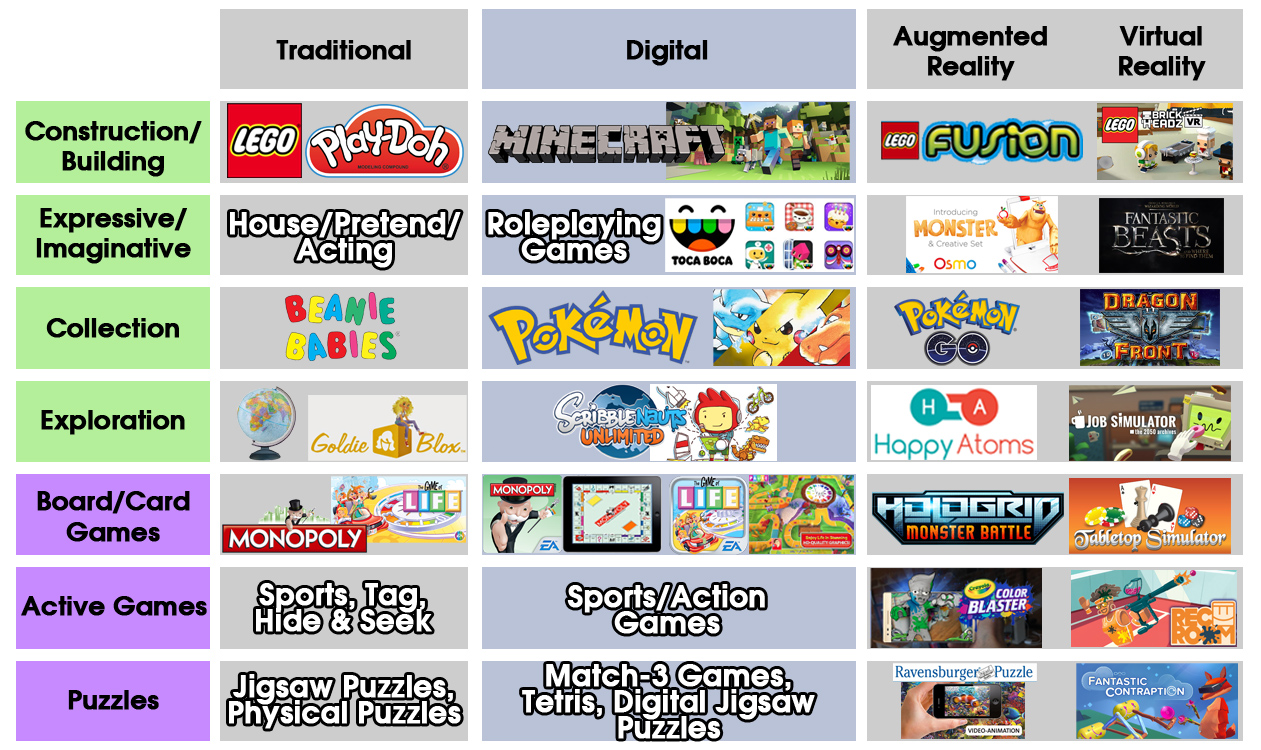






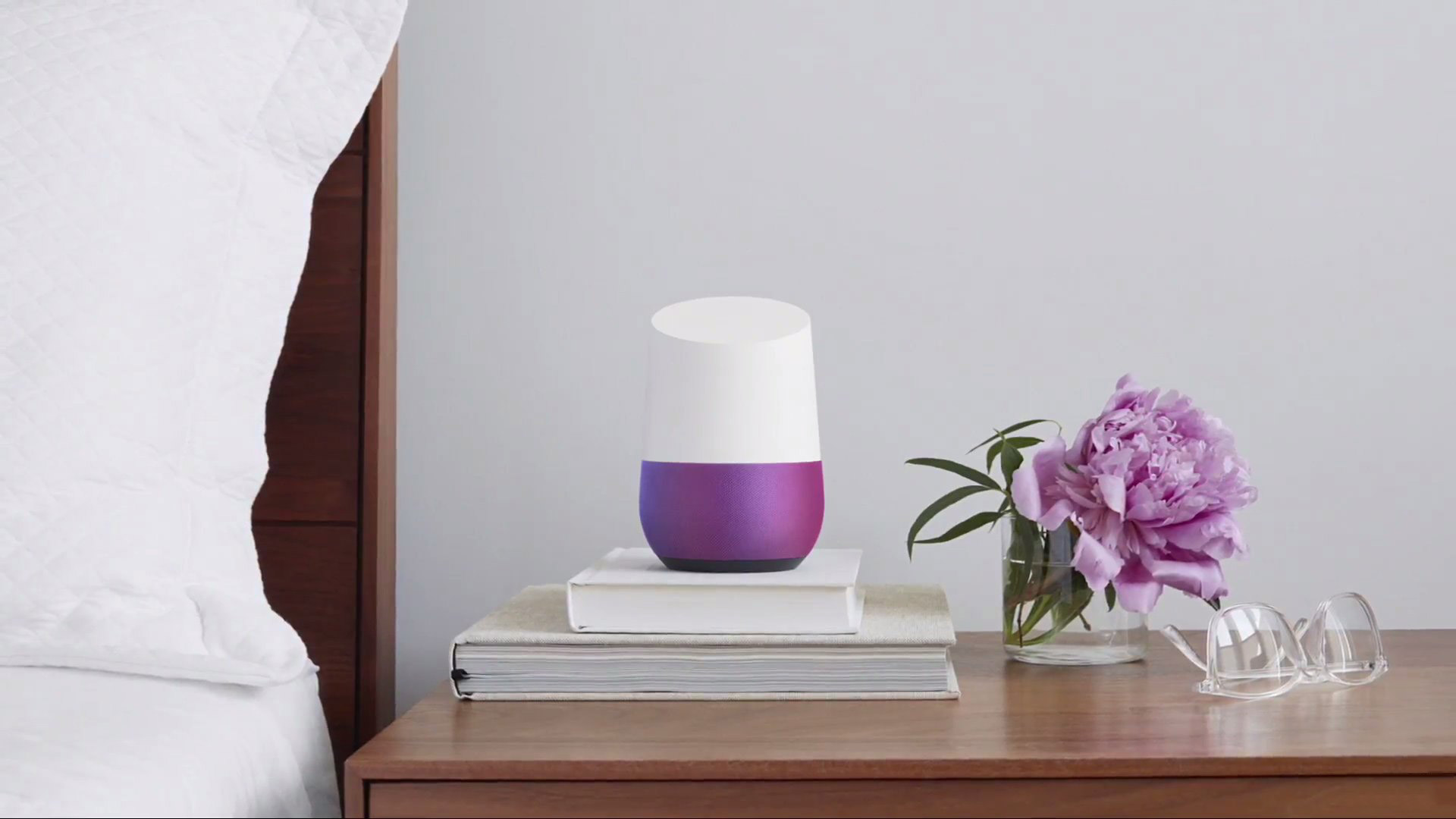


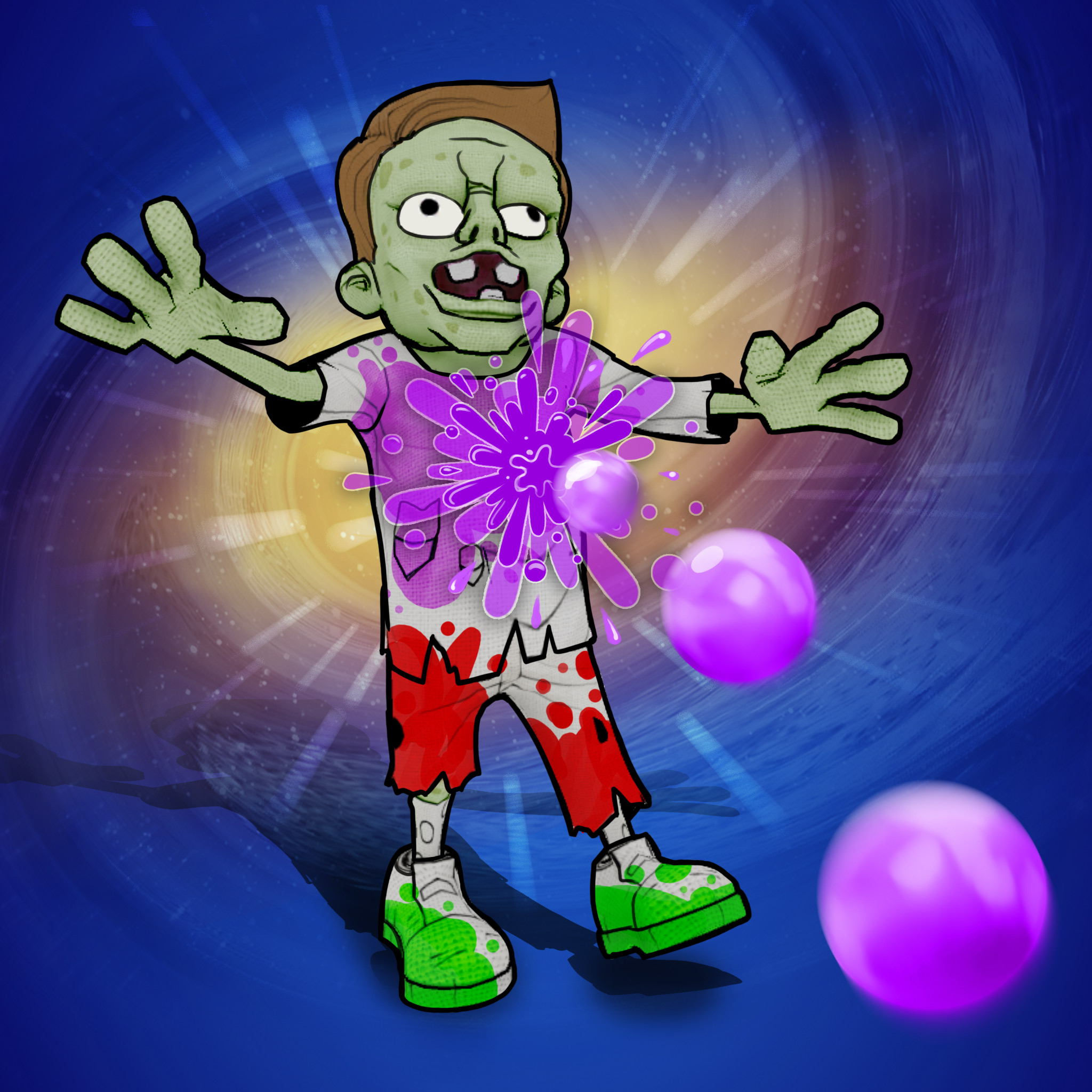 For Legacy, the answer is easy. We have new content for Color Blaster releasing Valentine’s Day 2017. Instead of running away from zombies, you’ll have to avoid rampaging gnomes, orcs, and dragons. Seriously, we will be focusing most of our future efforts on evolving the types of interactivity possible with virtual characters, given our discovery of how much fun this is in AR.
For Legacy, the answer is easy. We have new content for Color Blaster releasing Valentine’s Day 2017. Instead of running away from zombies, you’ll have to avoid rampaging gnomes, orcs, and dragons. Seriously, we will be focusing most of our future efforts on evolving the types of interactivity possible with virtual characters, given our discovery of how much fun this is in AR. What about other Tango apps?
What about other Tango apps?  Another thing Tango devices do well is the ability to track your movement in space. This helps construction games in particular. Placing straight tracks, curves, accelerators, and much more is intuitive in the
Another thing Tango devices do well is the ability to track your movement in space. This helps construction games in particular. Placing straight tracks, curves, accelerators, and much more is intuitive in the 
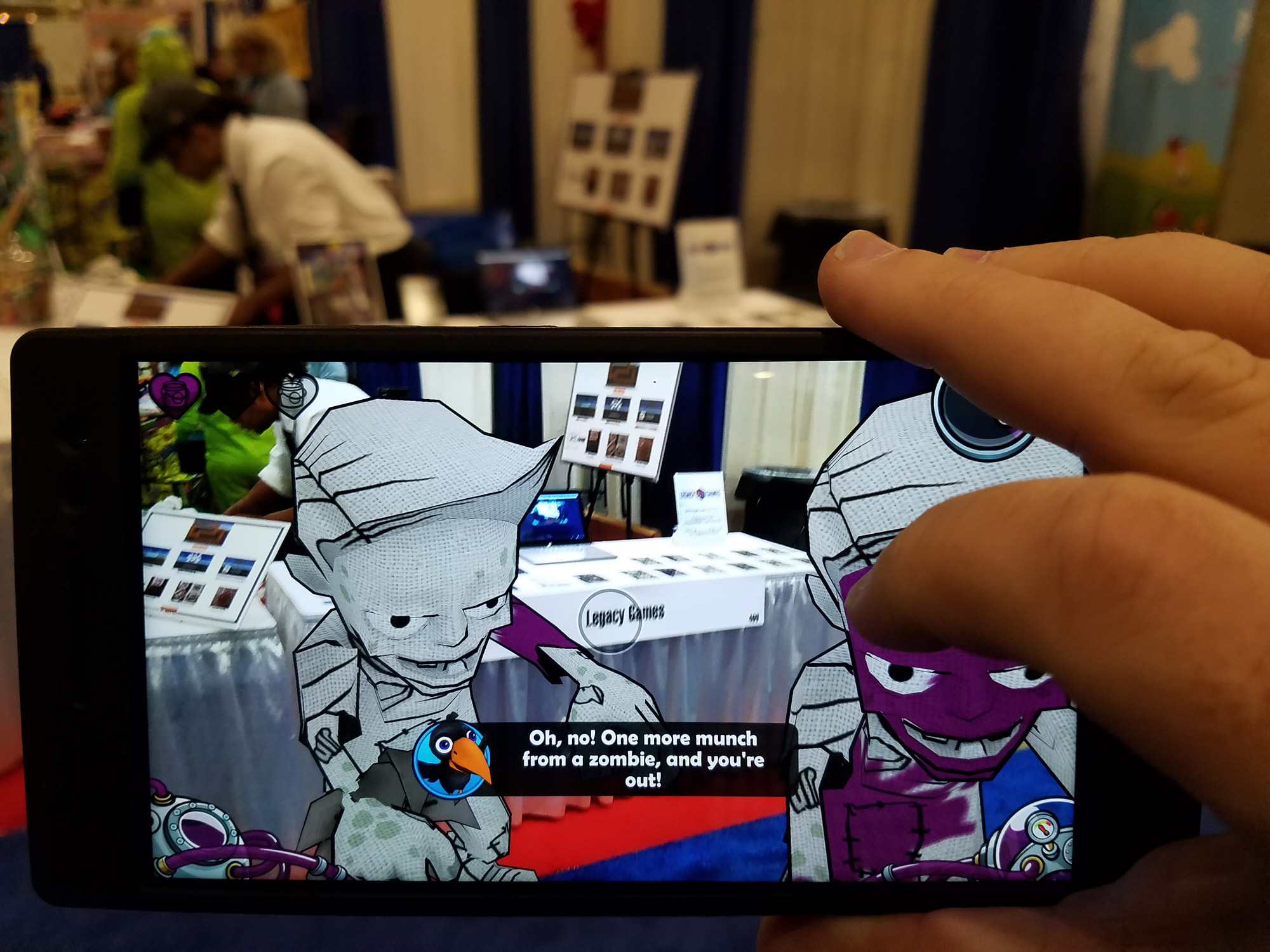



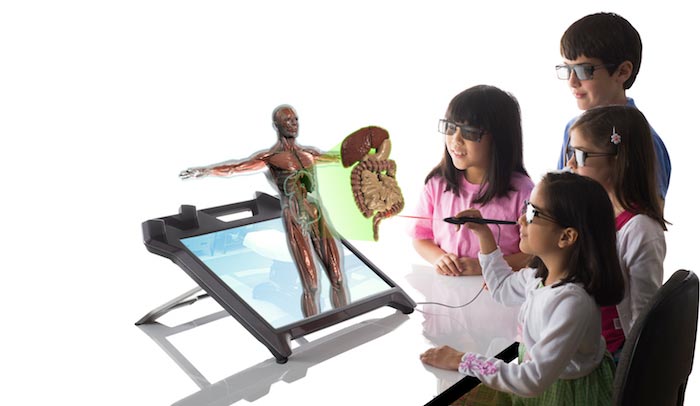
 When you’ve been doing the same thing for as long as I have, 30+ years, you have many career highs and lows. For example:
When you’ve been doing the same thing for as long as I have, 30+ years, you have many career highs and lows. For example:

